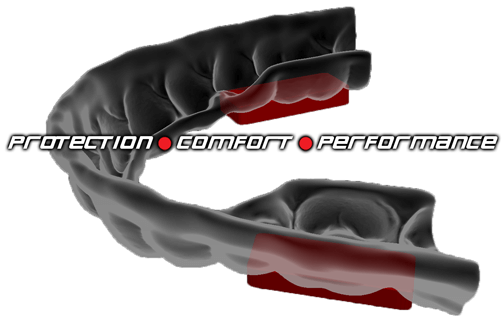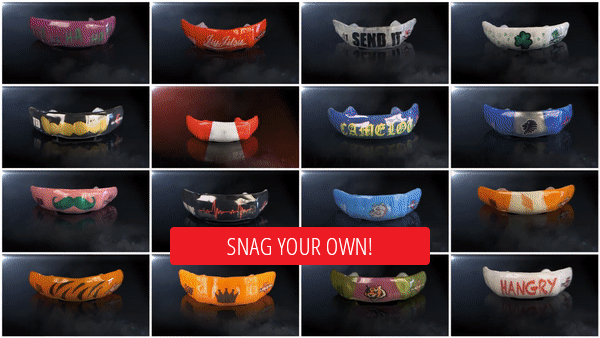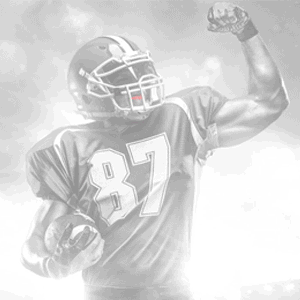Make Mouthguards Comfortable Again: 3 Secrets To Solve Discomfort

The biggest complaint that athletes have about their mouthguards is that they’re uncomfortable. And unfortunately, comfort is absolutely vital to both protection and reaching peak performance.
Have you ever had a tag in the back of your t-shirt that irritated you?
Things that cause discomfort — like an irritating tag — are very distracting. It’s difficult to play well, let alone at the top of your game, when you’re distracted and uncomfortable.
At the same time, that protective gear is uncomfortable because it doesn’t fit right, and that means it’s not providing the protection it should. These are some major problems; so let’s solve some of these comfort issues:
1. Does The Mouthguard Fit Correctly?
Everyone’s mouth is different, so it’s important that each individual mouthguard has a tight enough fit to firmly stay on an athlete’s upper teeth without being held in place with the lower jaw. That means no biting or clenching!
When a mouthguard fits snuggly, it stays in place during any impact and won’t become dislodged. It should never be able to come loose and float around the mouth, and athletes should only be able to remove their mouthguards by pulling it out with their fingers.
That ensures that mouthguards are right where they need to be when impact occurs. And that cuts down on distractions. Speaking of cuts…
2. How Was The Mouthguard Cut?
The specific cut of a mouthguard is very important, as there is definitely a thing as too much protection.
When mouthguards don’t fit correctly because they are too bulky or have too much material in the areas that don’t require it, they are uncomfortable to wear.
While levels of protection vary from sport to sport, mouthguard material should be limited or removed entirely from the free flow space in the mouth — the area behind the back of the front teeth and on the inside of the molars. This allows athletes to speak, breathe and even drink without removing their mouthguards.
3. Is The Mouthguard Damaged?
Like all athletic equipment, mouthguards take some wear and tear over the course of a long season. And that may make it uncomfortable. After all, the mouth is a harsh environment.
Athletes should routinely check their mouthguards for rips, tears or delaminating of any kind — especially if they’re chewers. Any breakdown of the material may cause discomfort or allow bacteria to get into the mouthguard, which compromises the mouthguard further.
Similar to helmets or shoulder pads, mouthguards may need a few adjustments in the offseason. While adjusting a mouthguard may seem tricky, there are some simple home remedies to help fix minor things like tightness and slight tears or rips.
When a mouthguard is uncomfortable it doesn’t fit properly, doesn’t have the right cut, has some damage or all of the above. And that discomfort is able to derail an athlete’s game. A comfortable mouthguard means a player is properly protected and able to reach their peak performance.
Make Mouthguards Comfortable Again




 The biggest complaint that athletes have about their mouthguards is that they’re uncomfortable. And unfortunately, comfort is absolutely vital to both protection and reaching peak performance.
The biggest complaint that athletes have about their mouthguards is that they’re uncomfortable. And unfortunately, comfort is absolutely vital to both protection and reaching peak performance. 

